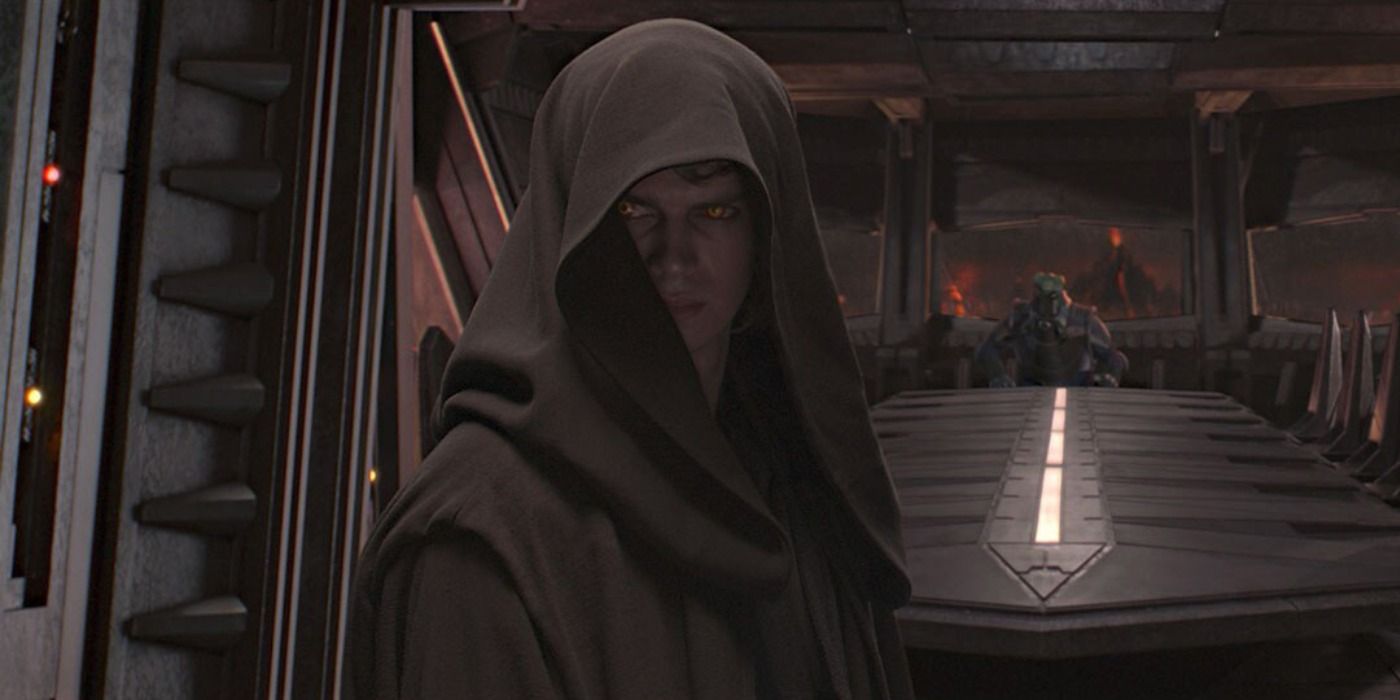
2025 signifies the 20-year milestone for “Star Wars: Episode III – Revenge of the Sith,” a film that many believed would be their final opportunity to witness a new “Star Wars” movie on the big screen (as time often proves us wrong). “Revenge of the Sith” was not just tasked with concluding the “Star Wars” saga as fans knew it, but also restoring the franchise’s reputation following the two preceding prequels, which were met with criticism by fans and critics. However, this didn’t affect its box office success; even when people weren’t fond of “Star Wars,” it continued to generate revenue.
When Revenge of the Sith debuted, it was a massive success, earning $380 million at the domestic box office to become the top-grossing film of the year. Globally, its earnings totaled $849 million, placing it as the second highest-grossing film of 2005, trailing only Harry Potter and the Goblet of Fire. At the time, critics generally gave it positive reviews, although they didn’t consider it as great as the original trilogy. However, it received better reviews than both The Phantom Menace and Attack of the Clones, often being referred to as “the good prequel.
Over time, as those who witnessed Revenge of the Sith have matured and taken on roles as cultural observers, and with the emergence of a fresh Star Wars era marked by ups and downs, Revenge of the Sith has experienced a significant cultural reappraisal. With additional narratives like The Clone Wars and a political narrative that resonates increasingly with contemporary issues, many now regard Revenge of the Sith as not only a strong addition to the prequel trilogy, but one of their preferred Star Wars films. Some even rank it higher than Return of the Jedi. This is how the legacy of Revenge of the Sith has been reshaped.
The ‘Revenge of the Sith’ Audience Grew Up
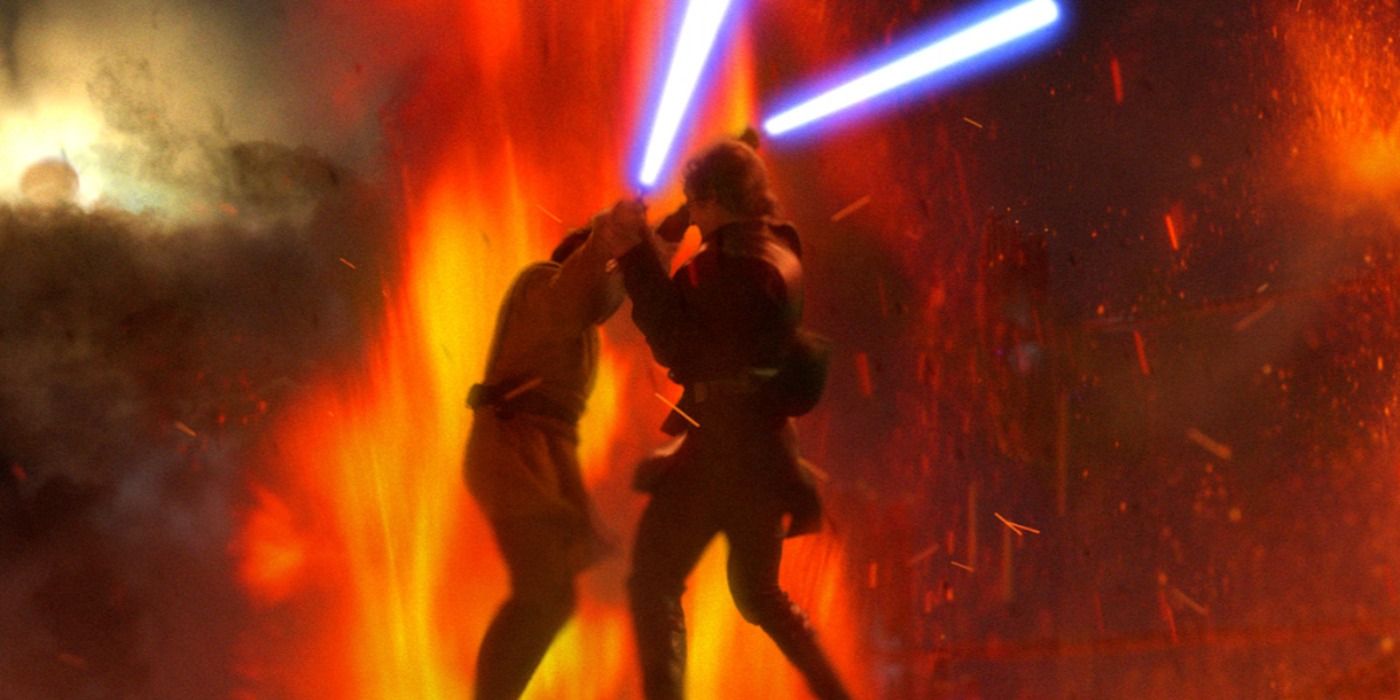
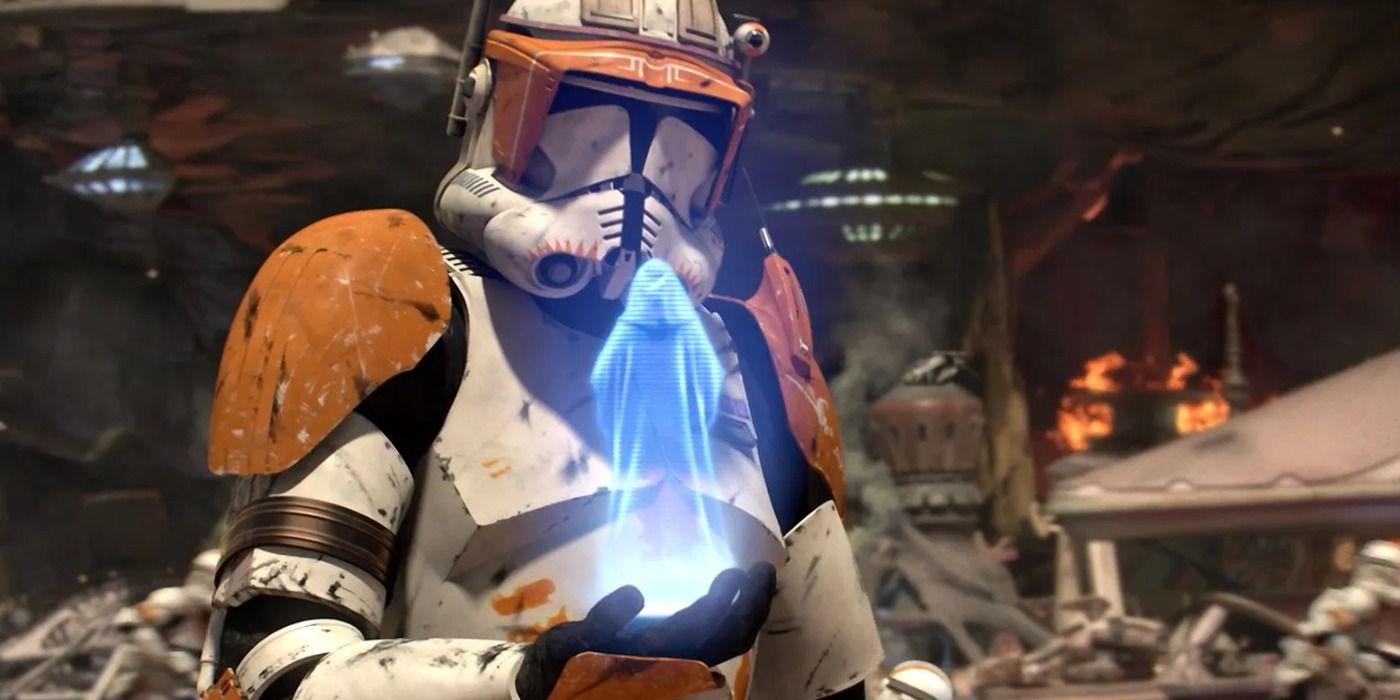
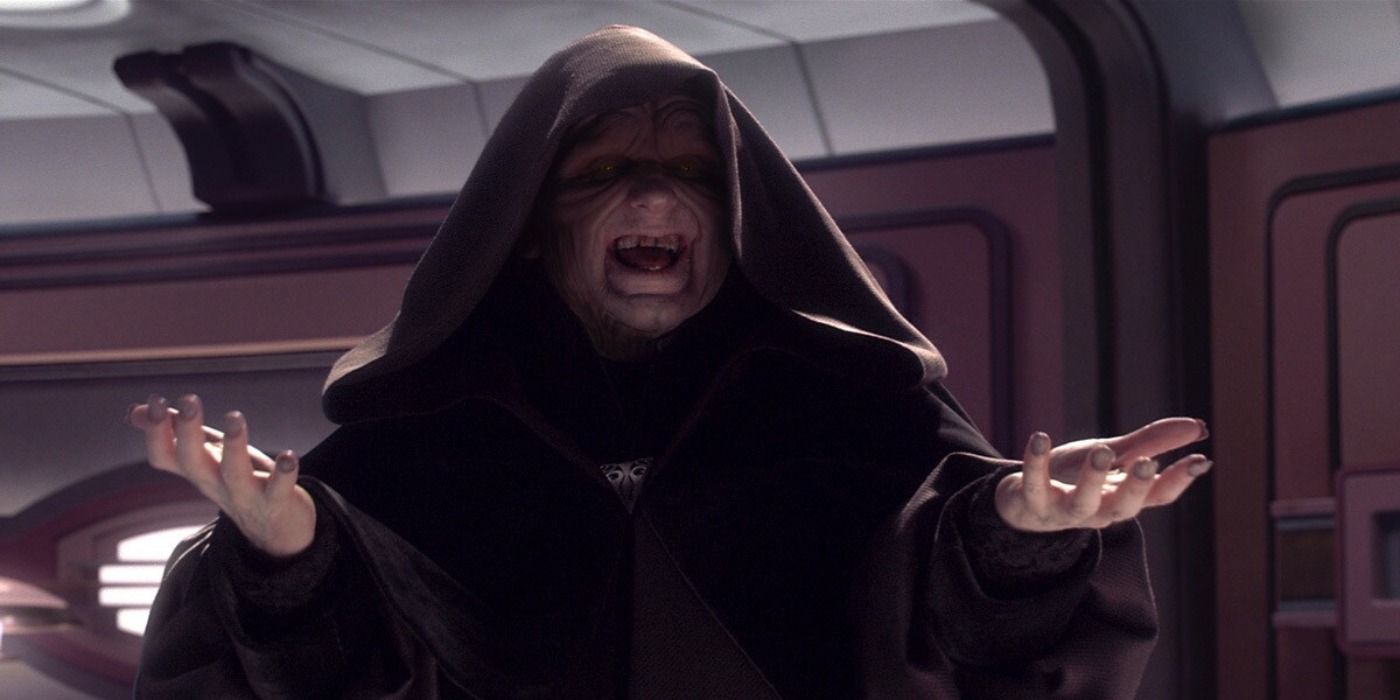
One key reason why Revenge of the Sith and the entire prequel trilogy have garnered such positive reviews now might be due to the fact that the current writers analyzing it are from a generation who watched the film at an appropriate age. As children, they had their first encounter with Star Wars through Revenge of the Sith, and this experience was probably quite impactful for them. Unlike older fans who were comparing it to the original trilogy at the time, they absorbed it as simply “Star Wars.” Their fondness for the movie has remained over the years. Consequently, it’s reasonable to assume that a similar appreciation will arise among those who grew up watching the sequel trilogy when they reach adulthood.
The resurgence and fresh appreciation for “Star Wars: Revenge of the Sith” goes beyond simple nostalgia. Unlike the unusual assertions that the 2005 “Fantastic Four” film was excellent when it was merely okay at best, if not downright disappointing, “Revenge of the Sith” presents a unique case. Granted, it shares some of the same issues with its predecessors in terms of wooden acting and uninspired direction. However, this installment offers something more.
One notable aspect of this film is its dark and somber tone compared to others in the franchise. While the conclusion offers a glimmer of hope, the majority of the movie is filled with despair, loss, and sorrow. The Order 66 scene is particularly harrowing, showcasing Palpatine’s ruthless destruction of the Jedi at an alarming pace. The duel between Anakin Skywalker and Obi-Wan Kenobi on Mustafar evokes memories of the ‘Duel of the Fates’ from the Phantom Menace, but with a deeper sense of sorrow and despair woven into it. Anakin’s severely injured body is a powerful and intense visual. George Lucas masterfully exploits the tragic irony by making the audience aware of the film’s eventual outcome, giving the action an ominous air of inevitability. Despite knowing how things will unfold, viewers secretly hope for a different ending.
The Strongest End to a ‘Star Wars’ Trilogy
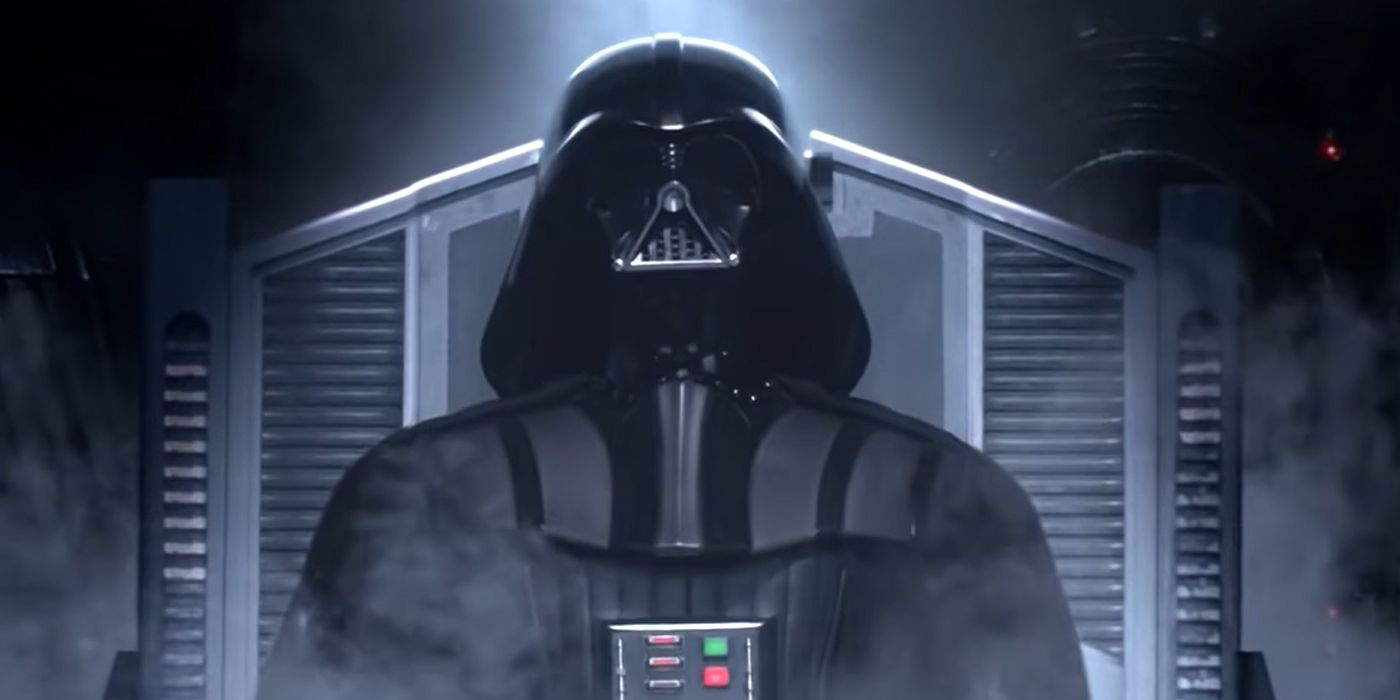
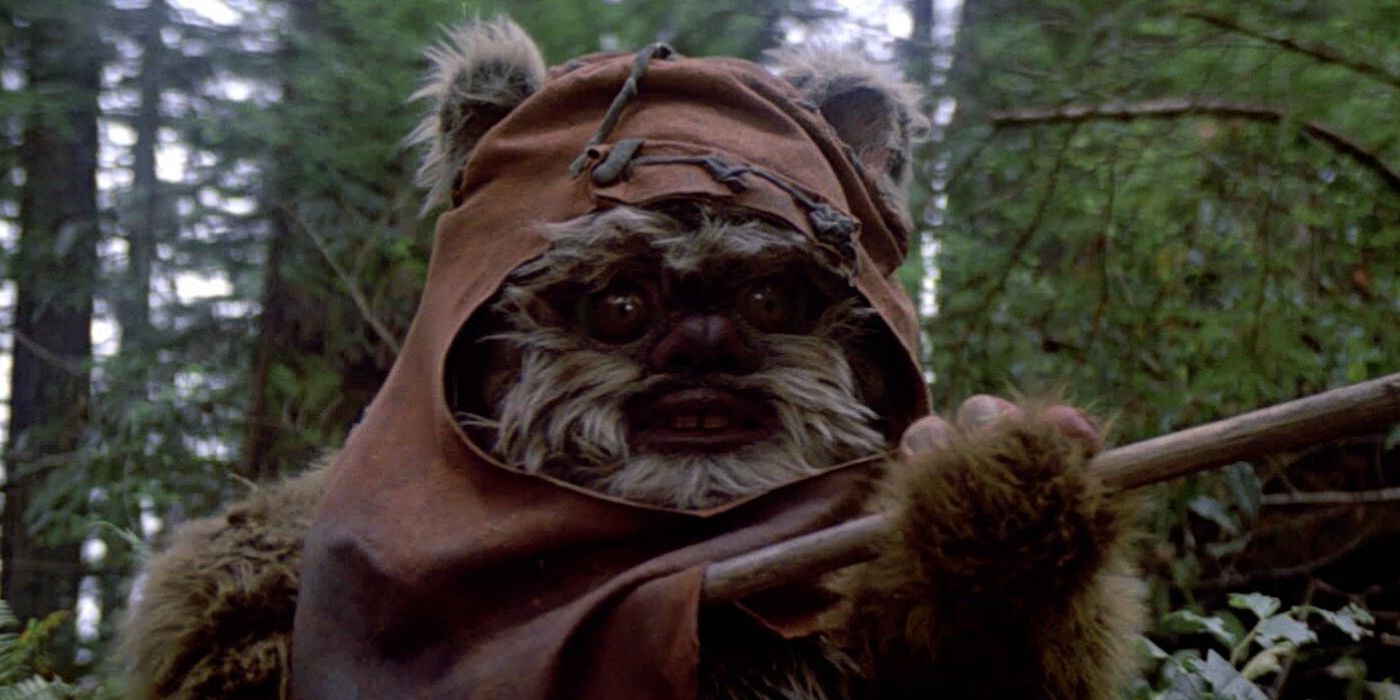

As a movie connoisseur, I must say that the epic Star Wars saga, now known as the Skywalker Saga, is an intricate web of nine interconnected films. This collection is divided into three distinct trilogies: the prequels, originals, and sequels. Each trilogy follows a classic three-act structure, with its own beginning, middle, and end. In the grand narrative, each trilogy serves as a significant chapter in the overarching story of this legendary space opera.
In comparison to the other Star Wars trilogies, it’s often said that “Star Wars: Revenge of the Sith” stands out as the most powerful final chapter. While “Return of the Jedi” is cherished, it’s generally perceived as less impactful than both “Star Wars” and “The Empire Strikes Back”. Similarly, some fans feel let down by “The Rise of Skywalker”, which didn’t meet the high expectations set by “The Force Awakens” and “The Last Jedi”. Unlike these more recent films, “Revenge of the Sith” is generally considered a step up from its predecessors and ends the trilogy on a strong note.
In contrast to Star Wars: Return of the Jedi, which faced criticism for being too child-friendly due to the inclusion of Ewoks, Star Wars: Revenge of the Sith stands out as the most somber and mature installment in the series. It seems to have grown with the audience who first encountered Star Wars: The Phantom Menace, even earning the franchise’s initial PG-13 rating. While Star Wars: Return of the Jedi undeniably left a significant cultural footprint, and the final showdown between Luke and Vader on the Death Star is widely regarded as some of the best writing and acting in the series, critics often find the rest of the movie lacking, particularly the abrupt disclosure that Leia is Luke’s sister, which was not initially intended. Conversely, Star Wars: Revenge of the Sith exudes an epic grandeur, suggesting that all events have been leading to this climactic moment.
Although “Revenge of the Sith” was advertised as the final installment, it actually served as a concluding chapter for the Star Wars film series, tying up loose ends rather than providing a climactic ending to a larger narrative. Instead, it effectively set the stage for the beginning of the next trilogy with “Return of the Jedi” having already concluded its storyline. On the other hand, “The Rise of Skywalker” faced an arduous challenge: wrapping up not only its own trilogy but also two previous ones. Regrettably, this complex task proved too much for the film to handle, leading many fans to view it as a less satisfying addition to the Star Wars franchise.
Subsequent ‘Star Wars’ Material
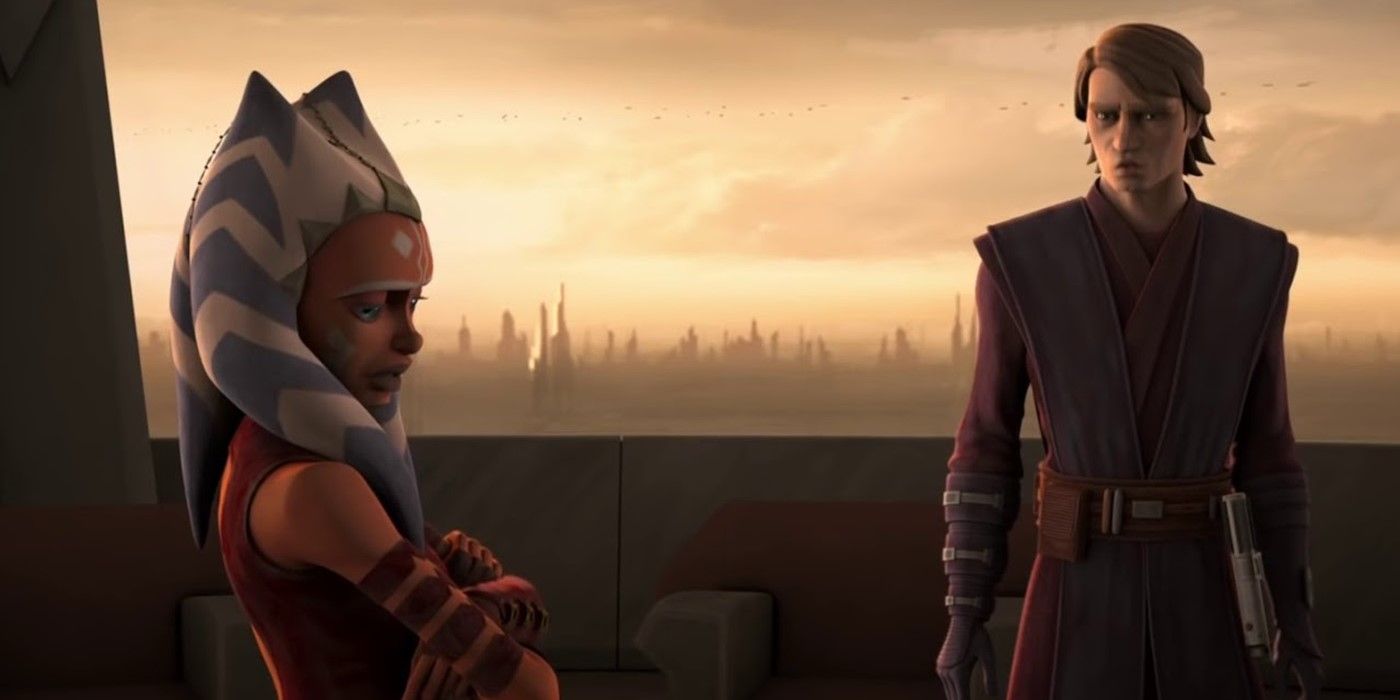
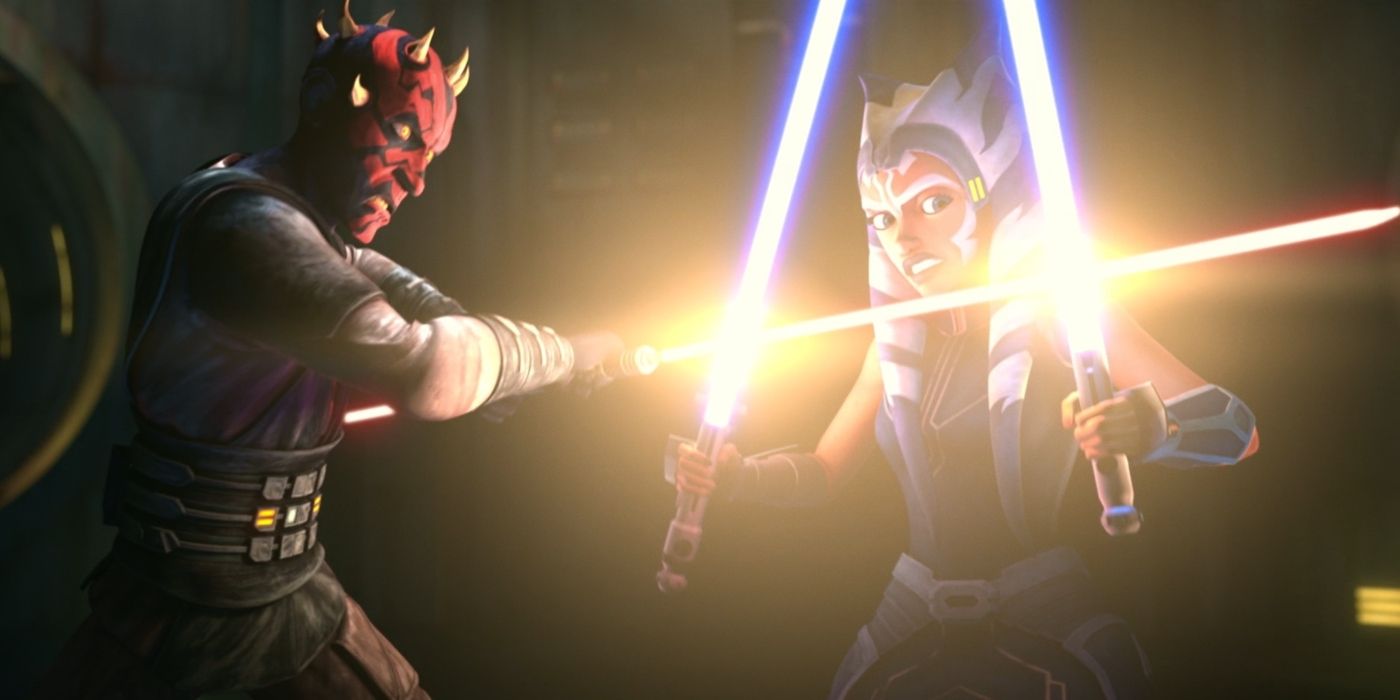
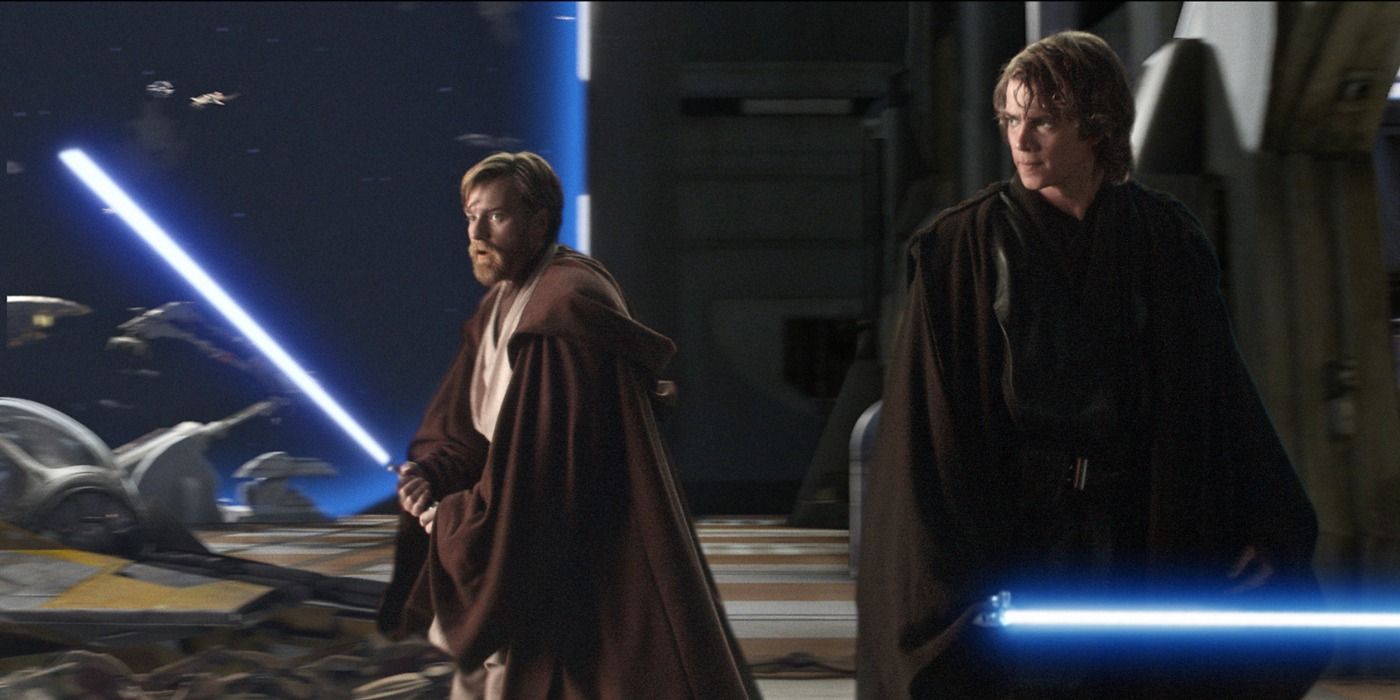
In contrast to other franchises, Star Wars has significantly prospered from additional content. This supplementary material, akin to downloadable content in video games, has frequently filled in rough edges in the films. Although it doesn’t alter the movies themselves, it offers new perspectives that can enrich the viewing experience. For example, the series “Andor” deepens the narrative of “Rogue One,” while productions like “The Mandalorian” and “The Bad Batch” offer fresh insights into the ambiguous resurrection of Palpatine in “The Rise of Skywalker.
In essence, the film Revenge of the Sith and its overall assessment as a prequel benefited significantly from the animated series Star Wars: The Clone Wars, which premiered in 2008, only three years after Revenge of the Sith. Critics often complained that Anakin Skywalker and Obi-Wan Kenobi’s friendship lacked depth due to a time leap from Attack of the Clones to Revenge of the Sith. Unlike earlier films, which merely informed viewers about their adventures, The Clone Wars demonstrated how this student and mentor transitioned from a contentious relationship to a deep friendship. It showed, rather than told, the audience their shared experiences. Although Ewan McGregor convincingly portrayed the sorrow of witnessing Anakin’s descent into darkness in Revenge of the Sith, The Clone Wars offers additional insights to make their battle on Mustafar even more poignant.
The last episodes of “The Clone Wars” could serve as an outstanding illustration of how a movie and TV series can complement each other to enhance viewing enjoyment. In these final four episodes, we delve into the story of Ahsoka Tano, a former apprentice of Anakin Skywalker who was not featured in the films. Her mission is to rescue Mandalore from the clutches of Maul, a villain originally introduced in “The Phantom Menace,” who managed to survive his confrontation with Obi-Wan Kenobi.
The story unfolds during the time of ‘Revenge of the Sith’, providing a unique perspective as we witness crucial moments from Ahsoka’s viewpoint. Although viewers are aware of the impending outcome, she remains oblivious, adding tension to each scene. Throughout the series, the Clone Troopers have been humanized, but regrettably, their loyalty shifts, turning against Ahsoka in a near-fatal encounter. Essentially, we experience the atrocities of Order 66 from the eyes of a Jedi we’ve grown to know over the years, highlighting the immense and terrifying destruction that ensues.
The four-episode conclusion serves as an excellent counterpart to Revenge of the Sith, and perhaps a future fan might combine the two for a seamless viewing experience, demonstrating the story’s grand scale. It is a fantastic illustration of how a television series can stand independently while also amplifying the movie.
‘Revenge of the Sith’ (Sadly) Became More Topical
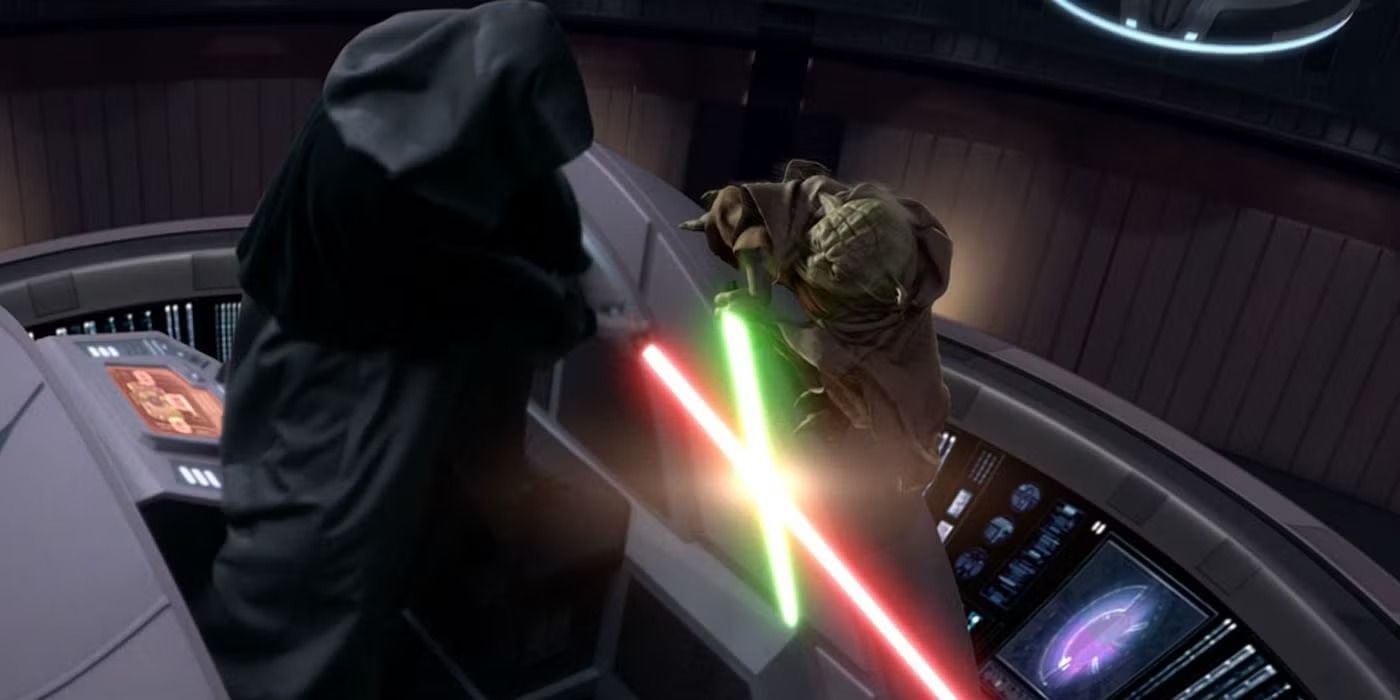
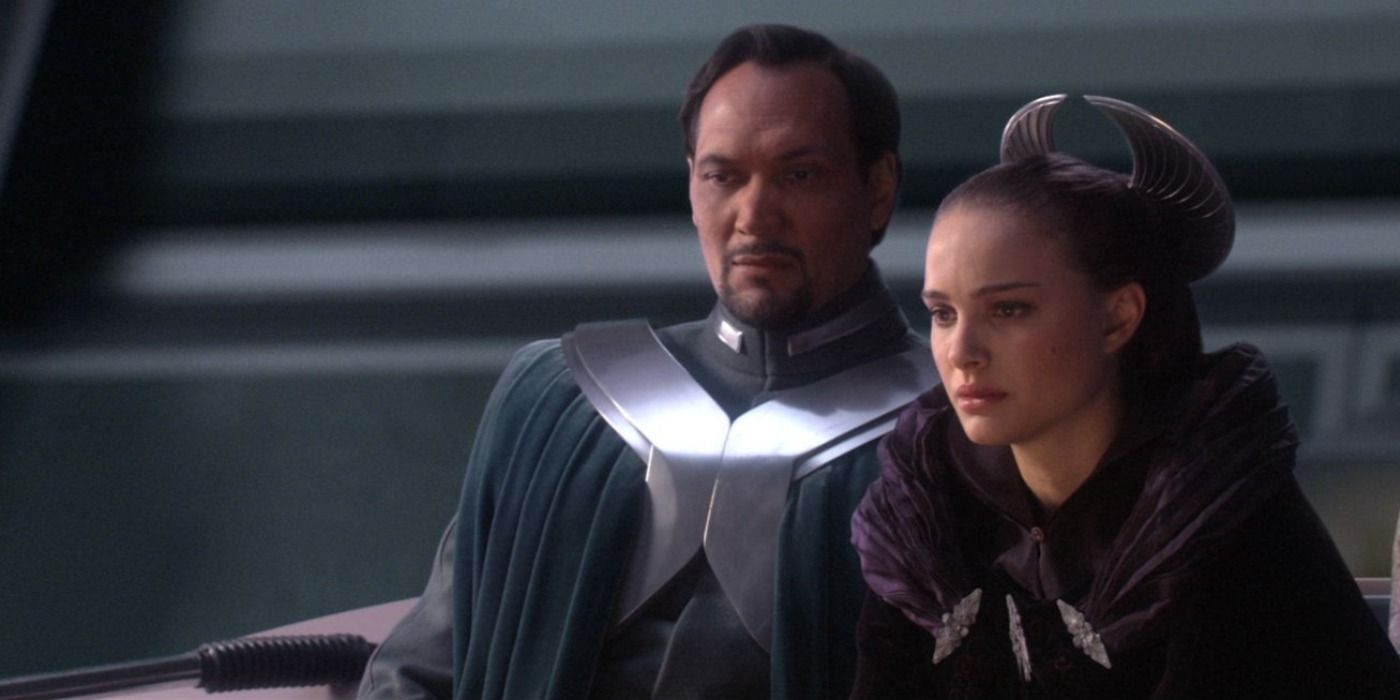
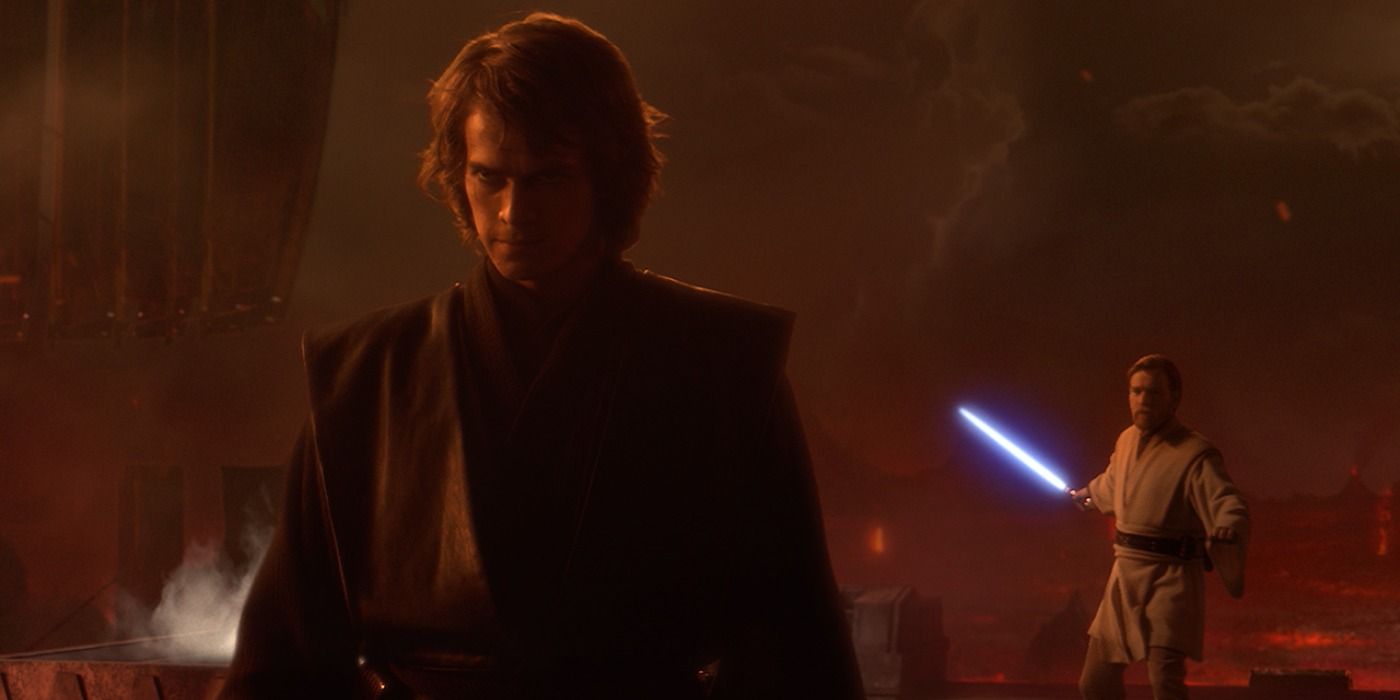
One of the aspects that drew considerable criticism when the prequel trilogies first came out was their emphasis on interstellar politics. In contrast, the original trilogies showcased dashing heroes, while the prequels often presented scenes of senate debates, a topic humorously satirized in an episode of The Simpsons through a film titled Cosmic Wars, which was depicted as a tedious, drawn-out senate meeting. However, with the passage of time, the focus has shifted towards the relevance of understanding how a democracy can crumble not due to external forces but from internal decay, a concept that feels strikingly current.
In a less formal way, Revenge of the Sith is often perceived as dialing down politics from the earlier films, but they remain crucial, just presented in a distinct manner. Instead of undertones, we have an overt battle – the legendary duel between Yoda and Darth Sidious – unfolding inside the Galactic Senate. They are battling not just physically, but symbolically for democracy. At the time, Revenge of the Sith was viewed as a critique of the Bush administration, with Anakin’s “if you aren’t with me, then you are my enemy” mirroring George W. Bush’s “if you aren’t with us, you are with the terrorists.” Today, it serves as a reflection of our contemporary world.
The primary struggle in the movie arises from the Jedi’s suspicion towards Chancellor Palpatine’s grasped executive power, which he justifies using the Clone Wars, much like the sequence of executive actions taken by Donald Trump during his presidency. Obi-Wan Kenobi remarks on how Palpatine has continued to hold power beyond his term, a point that resonates more in 2025 as Donald Trump has hinted at extending his term limits, potentially allowing another run for office. Palpatine blames the Jedi for instability, creating an enemy for the galaxy’s citizens to fear, thereby transforming the Republic into an Empire under the pretext of safety and security – a move reminiscent of “Make America Great Again” in the galactic context.
Star Wars has always carried political undertones, with George Lucas himself discussing how the Vietnam War shaped the original trilogy. The prequels seem to serve as a cautionary tale about what might happen to the US if it pursues a path of animosity and suspicion. Padme’s line, “This is how liberty perishes, with applause,” now resonates strongly, reflecting sentiments felt in November 2016 and possibly November 2024 by many people. Despite its flaws, Revenge of the Sith’s message and story have proven to be increasingly relevant since its release in 2005. The events depicted in a galaxy far, far away mirror our own world. Star Wars: Episode III – Revenge of the Sith is currently playing in cinemas for a limited time.
Read More
- Best Race Tier List In Elder Scrolls Oblivion
- Days Gone Remastered Announced, Launches on April 25th for PS5
- Elder Scrolls Oblivion: Best Pilgrim Build
- Gold Rate Forecast
- Elder Scrolls Oblivion: Best Thief Build
- Yvette Nicole Brown Confirms She’s Returning For the Community Movie
- Ludicrous
- Where Teen Mom’s Catelynn Stands With Daughter’s Adoptive Parents Revealed
- Brandon Sklenar’s Shocking Decision: Why He Won’t Watch Harrison Ford’s New Show!
- Elder Scrolls Oblivion: Best Sorcerer Build
2025-04-27 04:09